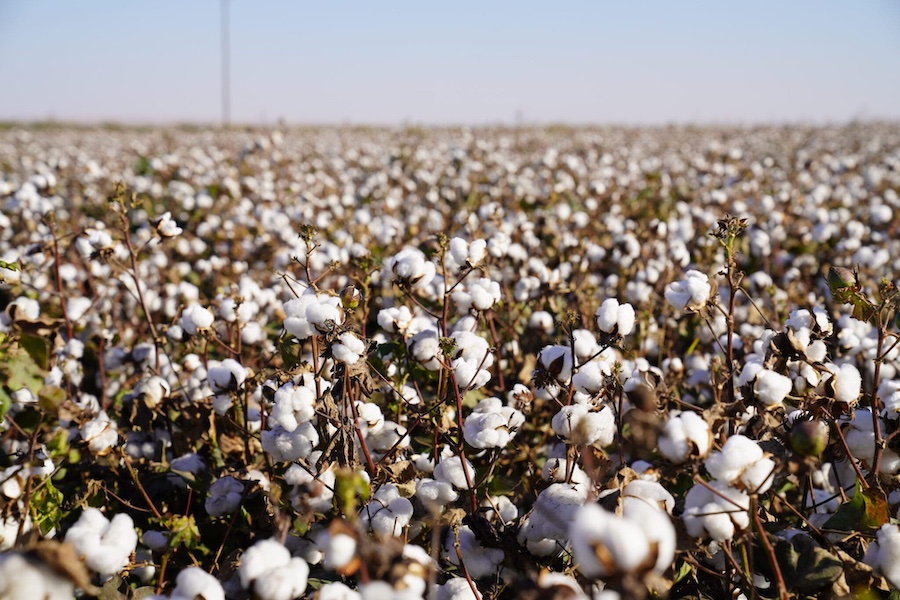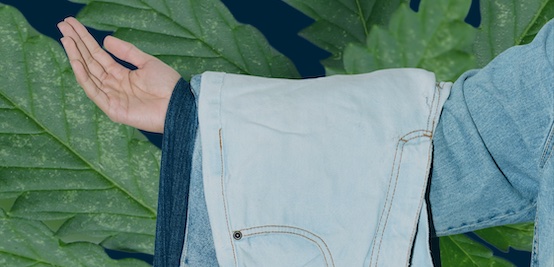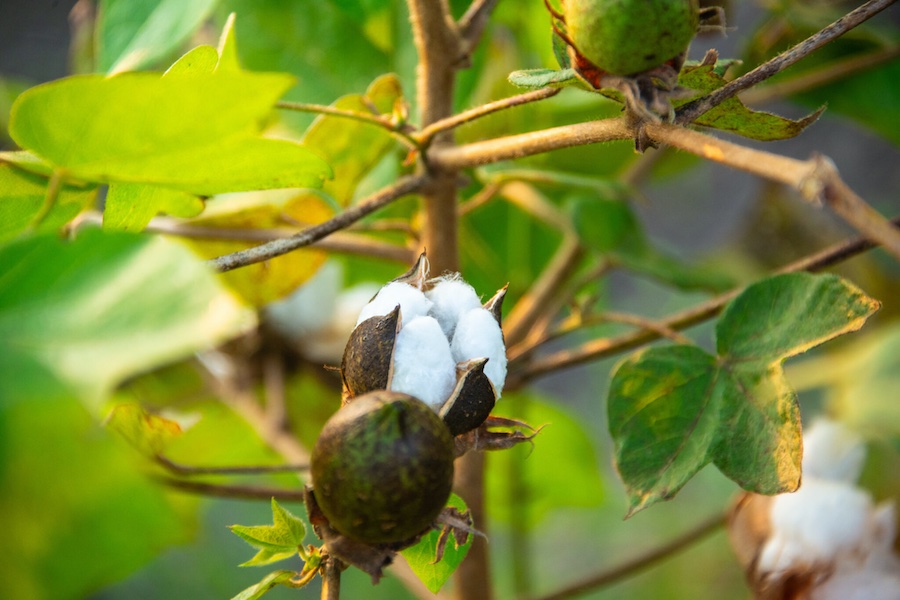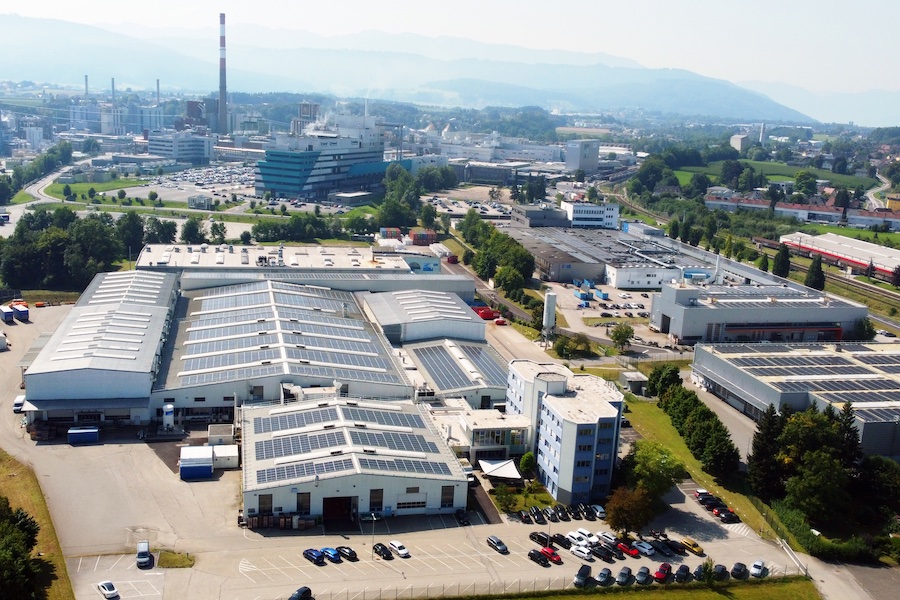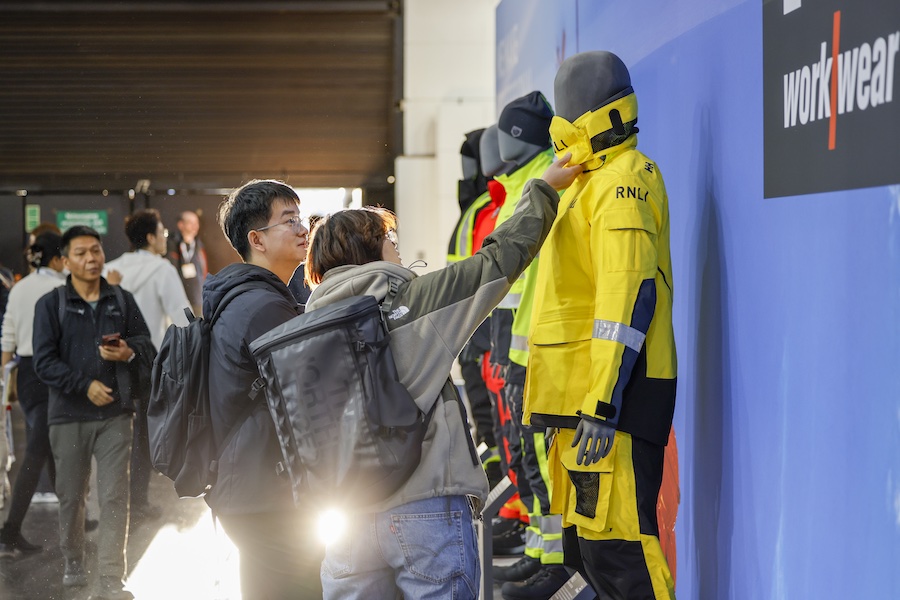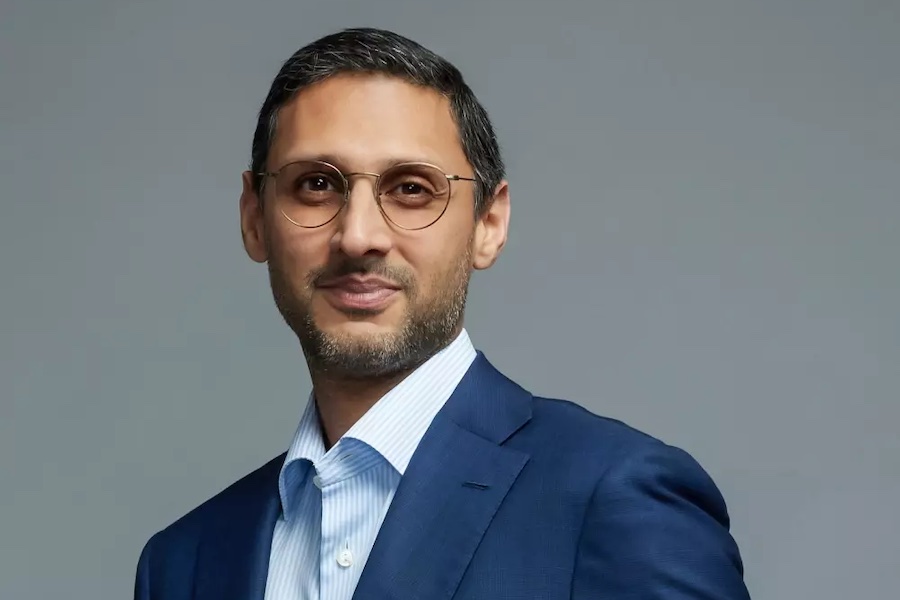#Raw Materials
Question time: Organic cotton – Robust demand
Interview with Maximilian Daebel, Vice President of Bremen cotton merchants Otto Stadtlander.
Where is the current noticeable increase in demand for organic cotton coming from?
For some time now we have noticed the effects of various initiatives aimed at increasing the use of sustainably produced cotton. In Germany, it is worth mentioning the Partnership for Sustainable Textiles, while in an international context we are feeling the very strong influence of the 2025 Sustainable Cotton Challenge (initiated by the Textile Exchange).
Most of the internationally relevant brands and retailers are not only meeting the minimum requirements of these initiatives to use sustainable cotton but are also going one step further and committing themselves to the use of organic cotton.
With the collapse of many supply chains during the COVID-19 pandemic, it was possible for them to plan and commercialise sustainable supply chains from scratch. We have seen this above all in the price development from Q3/20 until now.
What is the current price for an average or most popular quality of organic cotton and how has the price developed?
The prices for organic cotton currently range between 1.65 – 1.70 USD/lb for Indian organic cotton and 1.85 – 1.90 USD/lb for Turkish organic cotton (CIF Far Eastern Ports – October shipment).
The premium for Indian organic cotton compared to conventional cotton has increased twentyfold, from three percent 12 months ago to approximately 60 percent, while the premium for Turkish organic cotton has tripled from 20 percent to 65 percent. This is largely due to the demand.
We should also not forget the rise in the price of conventional cotton. Compared to the beginning of the second quarter of 2020, the prices for conventionally grown cotton have also more than doubled.
Do higher prices mean that farmers get more money?
Compared to the previous year, most farmers are receiving a higher price for their cotton. However, this comes down to the timing of the “price-fixing” between the farmer and the ginner. It is therefore possible that not all farmers have been able to participate in the positive price development. However, we are already striding towards planting for the 2022/23 crop and if the price level holds up, many farmers will be able to take into account and realise the very positive price development for organic cotton.
With the increasing demand for organic cotton, will there ever be “economies of scale” that dampen the price?
The current price structure, in particular the premium, not only compensates for lower yields compared to the cultivation of conventional cotton, but also enables farmers to make a higher profit. This promotes the cultivation of organic cotton tremendously. We continue to see demand as very robust. Only a fraction is currently being satisfied and existing obligations on the part of brands and retailers are consistently enforced.
To what extent there will be economies of scale remains to be seen. Organic cotton cultivation is currently limited to just one percent of global cotton production, so there is still a lot of room for improvement.
Instead of relying on economies of scale, brands and retailers should not see the existing obligations to use sustainably produced cotton as a disadvantage, but as an opportunity. With forecasted purchase quantities and streamlined supply chains, you can reduce the volatility in prices and plan economically for the long term.
How is it possible to increase organic cotton production?

Since organic cotton has a lower yield compared to conventional cotton, it is important to support farmers in the transition period (in-conversion). Ideally, this is done with purchase commitments for organic-in-conversion cotton.
There can only be organic growth in organic cotton cultivation if all actors realise the potential and act together: away from decentralised and opportunistic supply chains towards an organised, plannable, and scalable hand-in-hand supply chain.
Some time ago there were reports of fake certificates for organic cotton. Have these problems been solved?
It can be assumed that the problem with forged or duplicate certificates has been brought under control, but scepticism is still appropriate in the supply chain. The multiplication of the premium for organic cotton creates incentives to bypass control mechanisms and bring wrongly declared cotton into circulation.
Fortunately, this problem has been taken up by the organic standards and certifying bodies and the control mechanisms are continuously being refined.
We know the farmers and ginners in our supply chains personally and with regular audits we can recognise irregularities before they take hold and react accordingly together with the certifying bodies. In addition, we subject all the organic cotton we buy to GMO analyses in independent European laboratories.
What developments are there to increase transparency in the organic cotton supply chain?
There are some interesting and promising approaches. One example is the marking of the cotton fibres in the gin. Here, a unique fluorescent “fingerprint” is added to the fibres which remains traceable right through to the end product.
It is then of secondary importance whether the results of the intermediate tests along the supply chain are stored in simple databases or using a blockchain.
Thank you for the interview!
The interviews in the column “Question Time“ embody the opinion of the respective interview partner and do not represent the position of the Bremen Cotton Exchange as neutral, independent institution.



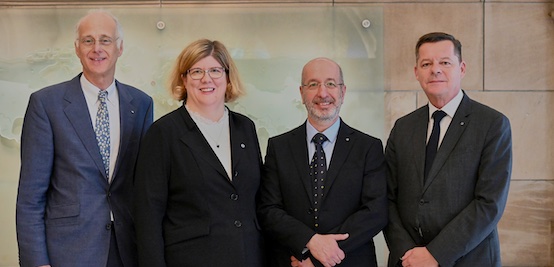

canva-554.jpg)
